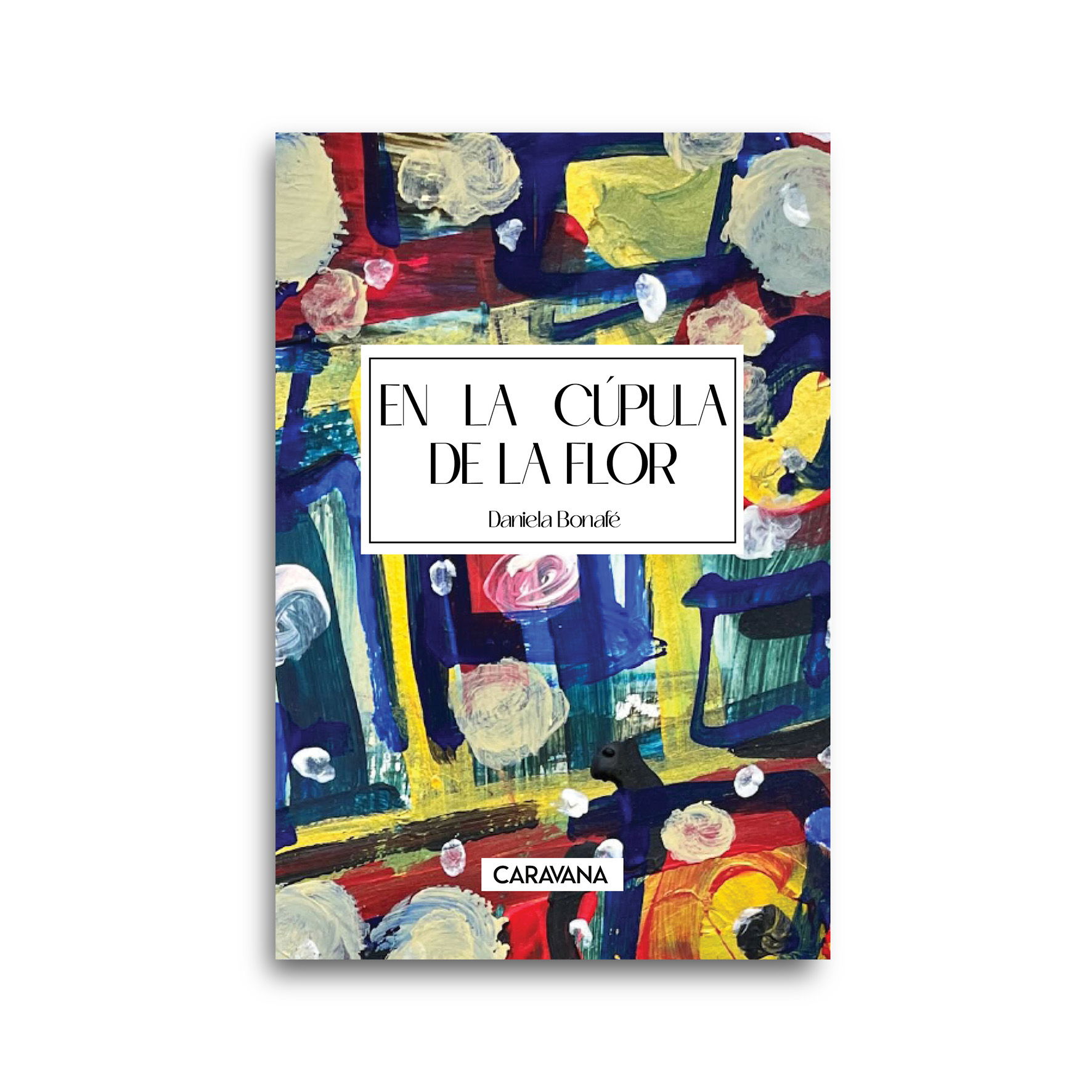In the Cupula de la Flor

In the dome of the flower there is a poem that coquettes with the prose and with the drawing where the occupation of the sheet, spaces, words, types of sources, musicality and language expand the reading to other possibilities of feeling. It inhabits some of the subtleties of concrete poetry, but also of its antithesis present in poetry-praxis. Playing with the rhythms and silences, the poem is far from the lightness that the language allows because its content, which transgresses the form, betrays the potential of the life of a woman traversed by feeling, by writing, by death, by motherhood, for violation, but above all, for her determination to exist.